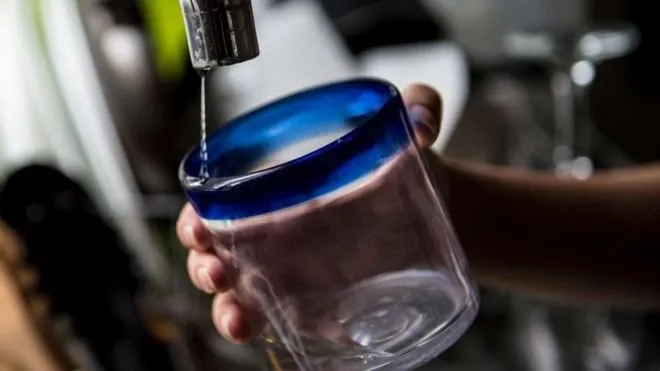
Cape Town is in the unenviable circumstance of being the principal real city in the cutting edge time to confront the danger of coming up short on drinking water.
Be that as it may, the predicament of the dry season hit South African city is only one extraordinary case of an issue that specialists have for quite some time been cautioning about - water shortage.
In spite of covering around 70% of the Earth's surface, water, particularly drinking water, isn't as ample as one may think. Just 3% of it is new.
More than one billion individuals need access to water and another 2.7 billion think that its rare for no less than one month of the year. A 2014 review of the world's 500 biggest urban areas gauges that one of every four are in a circumstance of "water pressure"
As indicated by UN-supported projections, worldwide interest for new water will surpass supply by 40% out of 2030, because of a blend of environmental change, human activity and populace development.
It shouldn't be an astonishment, at that point, that Cape Town is only a hint of a greater challenge. Here are the other 11 urban communities well on the way to come up short on water.
1. São Paulo
Brazil's money related capital and one of the 10 most populated urban areas on the planet experienced a comparative trial to Cape Town in 2015, when the fundamental supply fell underneath 4% limit.
At the stature of the emergency, the city of more than 21.7 million tenants had under 20 days of water supply and police needed to escort water trucks to quit plundering.
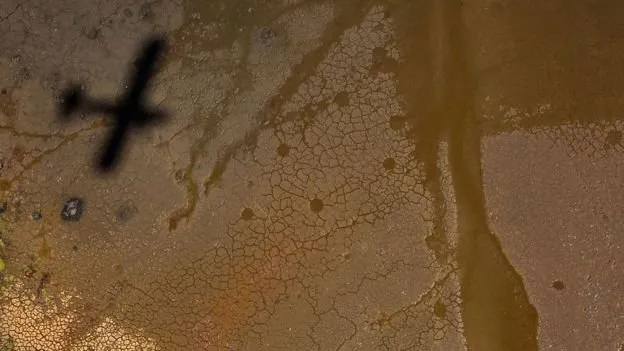
It is thought a dry spell that influenced south-eastern Brazil in the vicinity of 2014 and 2017 was at fault, however an UN mission to São Paulo was disparaging of the state experts "absence of legitimate arranging and ventures".
The water emergency was esteemed "completed" in 2016, yet in January 2017 the fundamental stores were 15% beneath expected for the period - putting the city's future water supply by and by in question.
2. Bangalore
Neighborhood authorities in the southern Indian city have been tricked by the development of new property improvements following Bangalore's ascent as a mechanical center point and are attempting to deal with the city's water and sewage frameworks.
To exacerbate the situation, the city's out of date plumbing needs a dire change; a report by the national government found that the city loses over portion of its drinking water to squander.
Like China, India battles with water contamination and Bangalore is the same: an inside and out stock of the city's lakes discovered that 85% had water that must be utilized for water system and modern cooling.
Not a solitary lake had appropriate water for drinking or washing.
Will Cape Town be the first city to run out of water?
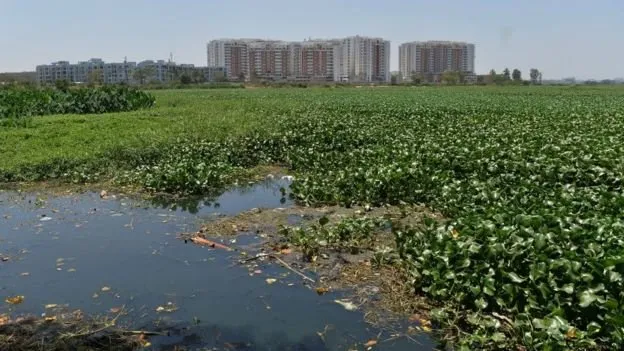
3. Beijing
The World Bank characterizes water shortage as when individuals in a decided area get under 1,000 cubic meters of crisp water per individual a year.
In 2014, each of the more than 20 million occupants of Beijing had just 145 cubic meters.
China is home to just about 20% of the total populace however has just 7% of the world's crisp water.
A Columbia University consider gauges that the nation's stores declined 13% in the vicinity of 2000 and 2009.
What's more, there's additionally a contamination issue. Official figures from 2015 demonstrated that 40% of Beijing's surface water was contaminated to the point of not being valuable notwithstanding for farming or modern utilize.
The Chinese specialists have endeavored to address the issue by making gigantic water redirection ventures. They have additionally presented instructive projects, and also value climbs for overwhelming business clients.
4. Cairo
When pivotal to the foundation of one of the world's most noteworthy civilisations, the River Nile is battling in current circumstances.
It is the wellspring of 97% of Egypt's water yet additionally the goal of expanding measures of untreated rural, and private waste.
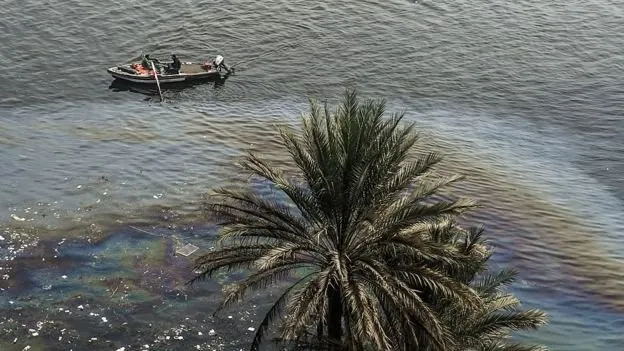
World Health Organization figures demonstrate that Egypt positions high among bring down center pay nations regarding the quantity of passings identified with water contamination.
The UN gauges basic deficiencies in the nation by 2025.
5. Jakarta
In the same way as other waterfront urban communities, the Indonesian capital faces the risk of rising ocean levels.
Yet, in Jakarta the issue has been aggravated by coordinate human activity. Since not as much as half of the city's 10 million occupants approach funneled water, illicit burrowing of wells is overflowing. This training is depleting the underground aquifers, truly flattening them.
As a result, around 40% of Jakarta now lies beneath ocean level, as indicated by World Bank gauges.
To exacerbate the situation, aquifers are not being recharged in spite of overwhelming precipitation on the grounds that the commonness of cement and black-top implies that open fields can't ingest precipitation.
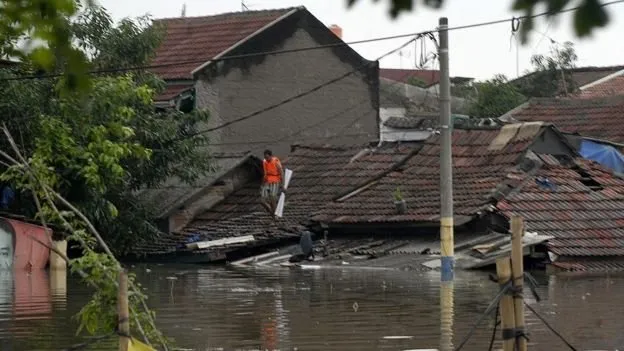
6. Moscow
One-fourth of the world's crisp water saves are in Russia, yet the nation is tormented by contamination issues caused by the mechanical heritage of the Soviet time.
That is particularly stressing for Moscow, where the water supply is 70% subject to surface water.
Official administrative bodies concede that 35% to 60% of aggregate drinking water holds in Russia don't meet clean benchmarks
7. Istanbul
As per official Turkish government figures, the nation is in fact in a circumstance of a water worry, since the per capita supply fell underneath 1,700 cubic meters in 2016.
Nearby specialists have cautioned that the circumstance could intensify to water shortage by 2030.
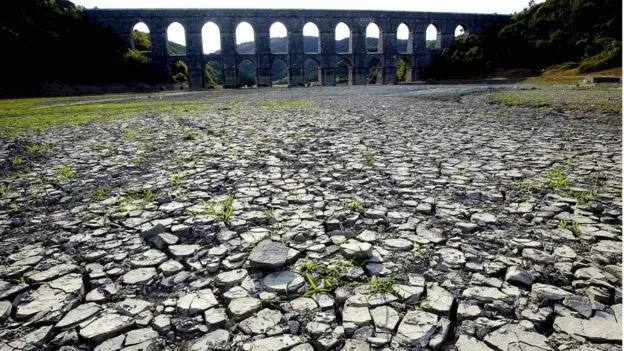
Lately, intensely populated zones like Istanbul (14 million tenants) have started to encounter deficiencies in the drier months.
The city's supply levels declined to under 30 percent of limit toward the start of 2014.
8. Mexico City
Water deficiencies are just the same old thing new for a significant number of the 21 million occupants of the Mexican capital.
One of every five get only a couple of hours from their taps a week and another 20% have running water for simply part of the day.
The city imports as much as 40% of its water from inaccessible sources however has no extensive scale task for reusing wastewater. Water misfortunes due to issues in the pipe arrange are additionally assessed at 40%.
9. London
Of the considerable number of urban communities on the planet, London isn't the main that springs to mind when one considers water deficiencies.
The fact of the matter is altogether different. With a normal yearly precipitation of around 600mm (not as much as the Paris normal and just about a large portion of that of New York), London draws 80% of its water from streams (the Thames and Lea).
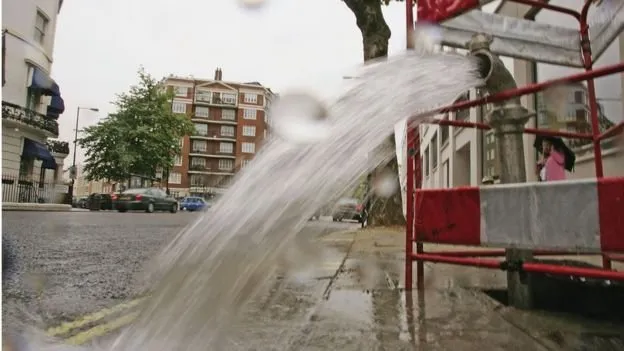
As indicated by the Greater London Authority, the city is pushing near limit and is probably going to have supply issues by 2025 and "genuine deficiencies" by 2040.
It looks likely that hosepipe bans could turn out to be more typical later on.
10. Tokyo
The Japanese capital appreciates precipitation levels like that of Seattle on the US west drift, which has a notoriety for rain. Precipitation, be that as it may, is concentrated amid only four months of the year.
That water should be gathered, as a drier-than-anticipated blustery season could prompt a dry spell. No less than 750 private and open structures in Tokyo have water accumulation and use frameworks.
Home to more than 30 million individuals, Tokyo has a water framework that depends 70% on surface water (waterways, lakes, and dissolved snow).
Late interest in the pipeline foundation points additionally to decrease squander by spillage to just 3% sooner rather than later.
11. Miami
The US province of Florida is among the five US states most hit by rain each year. Be that as it may, there is an emergency blending in its most popular city, Miami.
A mid twentieth Century venture to deplete adjacent marshes had an unexpected outcome; water from the Atlantic Ocean sullied the Biscayne Aquifer, the city's fundamental wellspring of crisp water.
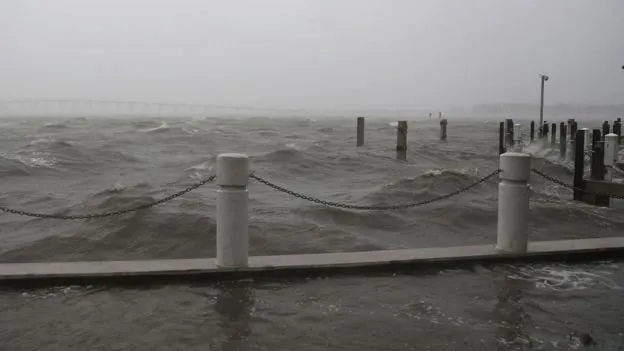
Despite the fact that the issue was identified in the 1930s, seawater still holes in, particularly in light of the fact that the American city has encountered speedier rates of ocean level ascent, with water breaking underground safeguard obstructions introduced in late decades.
Neighboring urban communities are as of now battling. Hallandale Beach, which is only a couple of miles north of Miami, needed to close six of its eight wells because of saltwater interruption.
